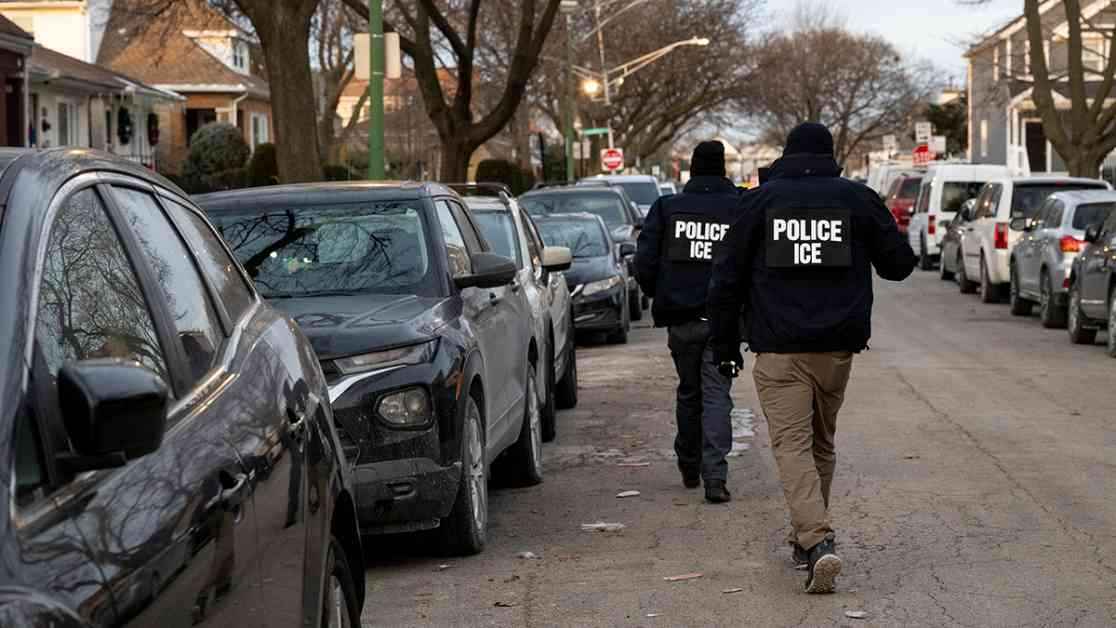ICE Raids: Inside the Controversial Arrest of 1,200 Individuals
In a swift and contentious move, Immigration and Customs Enforcement (ICE) carried out a massive operation, resulting in the arrest of nearly 1,200 individuals in a single day. A senior Trump administration official revealed that nearly half of those detained did not have criminal records, sparking debate and concern over the enforcement strategies employed.
The data, initially disclosed by NBC News, shed light on the startling number of arrests made by ICE on Sunday, totaling 1,179 individuals. This figure surpassed the 956 arrests reported by the agency on a typical Sunday night. Of the total arrests, 613 were classified as “criminal arrests,” indicating that these individuals had committed offenses beyond immigration violations. The remaining 566 detainees were nonviolent offenders or individuals who had simply crossed the border without any criminal intent.
Delving deeper into the specifics of the arrests, it was revealed that eight of the individuals apprehended were labeled as “Worst Criminals Arrested,” including two gang members. However, a significant portion of those detained—566 people—found themselves in custody solely due to lacking legal authorization to remain in the United States. While being undocumented is not a criminal offense but rather a civil violation, the act of re-entering the country after a previous deportation is considered a crime.
The Trump administration, as well as President Donald Trump himself, has repeatedly emphasized their focus on targeting undocumented immigrants with serious criminal backgrounds. However, the recent statistics surrounding ICE arrests have raised questions about the execution of these promises. Tom Homan, Trump’s appointed border czar, acknowledged the presence of collateral arrests during the raids, in which non-criminal individuals were detained as part of the operation. He hinted that such collateral arrests may become more prevalent as ICE intensifies immigration enforcement efforts nationwide.
Homan emphasized the importance of prioritizing the detention of criminals to ensure public safety, but the inclusion of non-criminal individuals in the recent arrests has raised concerns about the enforcement tactics being employed. Additionally, with 853 “detainers lodged” on Sunday, individuals who were arrested on separate criminal charges but may also face deportation, the scope of ICE’s operations and the potential implications of these arrests have come under scrutiny.
One key aspect that has come to the forefront in the wake of these arrests is the role of sanctuary cities. These cities limit their collaboration with federal immigration enforcement agencies to shield undocumented immigrants from deportation, further complicating the landscape of immigration enforcement in the United States.
As the story continues to unfold, the contentious debate over ICE raids and the arrest of 1,200 individuals highlights the complexities and controversies surrounding immigration enforcement policies in the country. The clash between federal authorities, local jurisdictions, and undocumented immigrants underscores the need for a nuanced approach to address the multifaceted issues at play.


